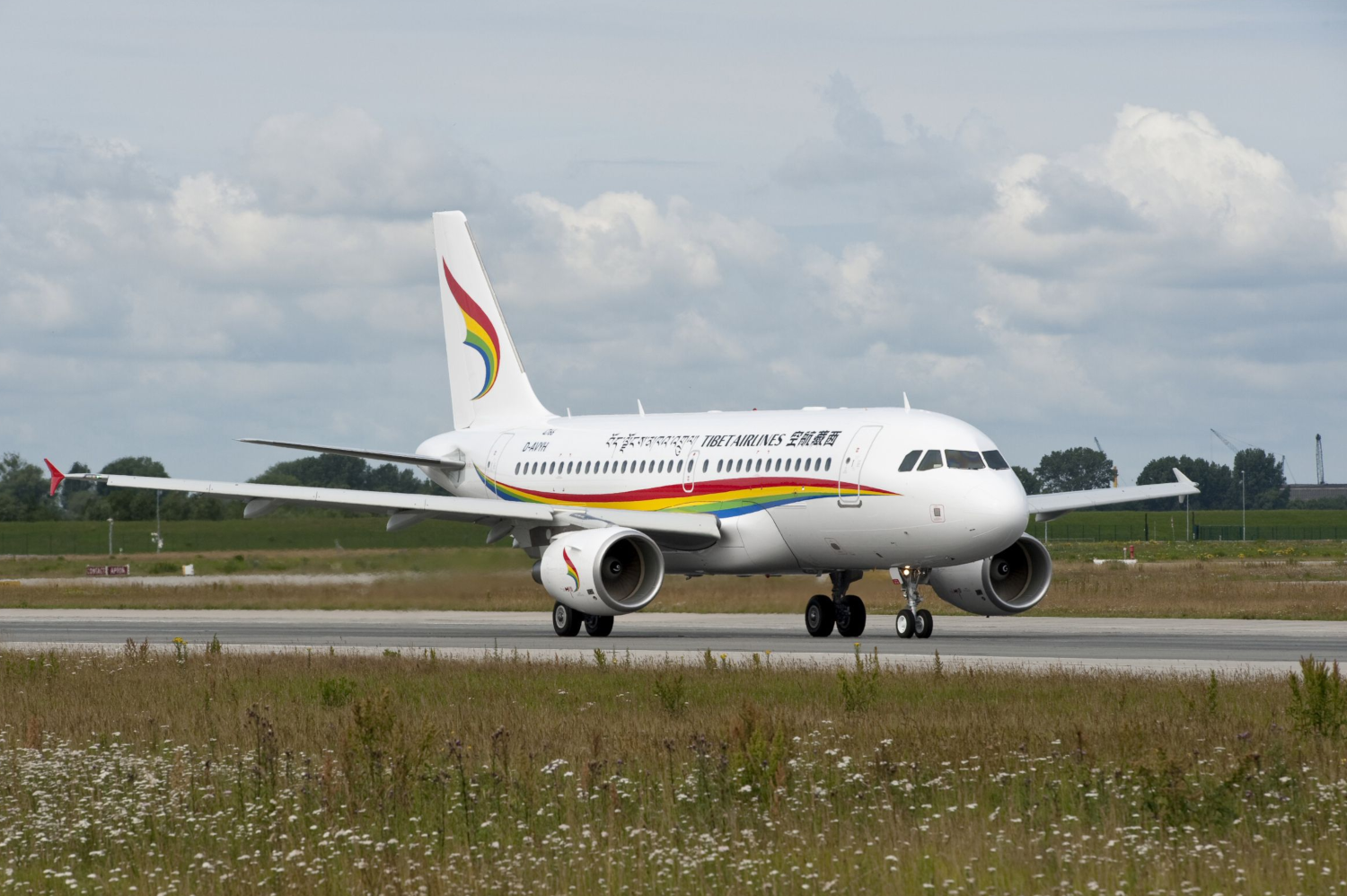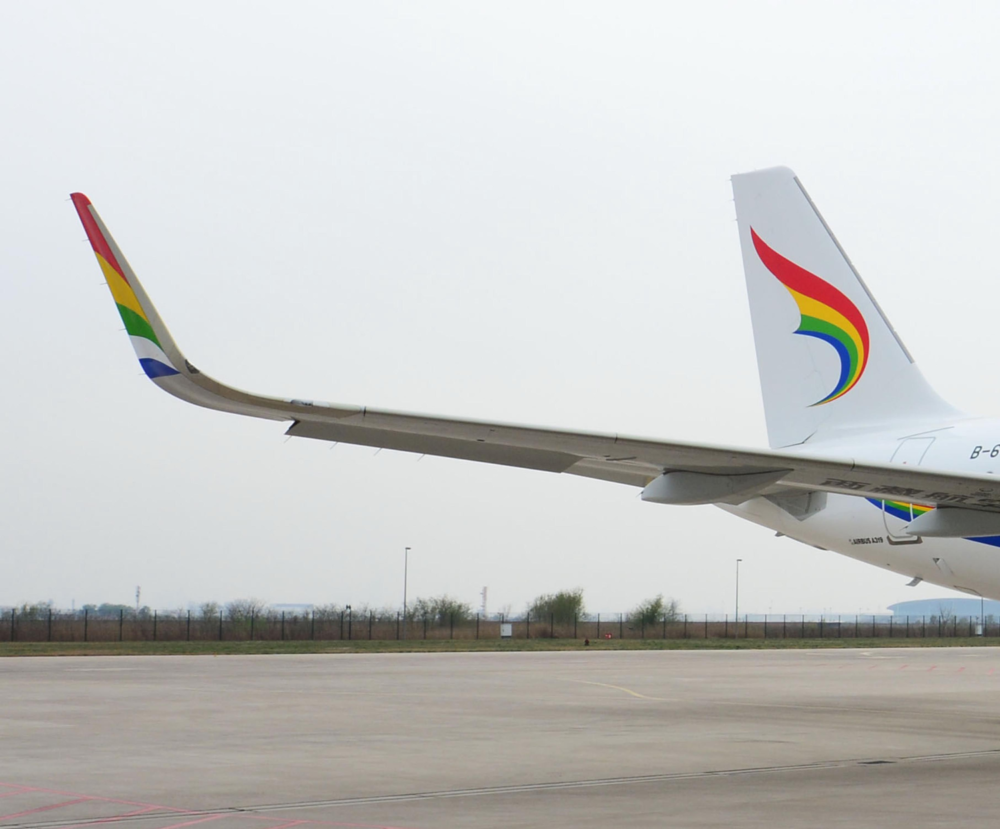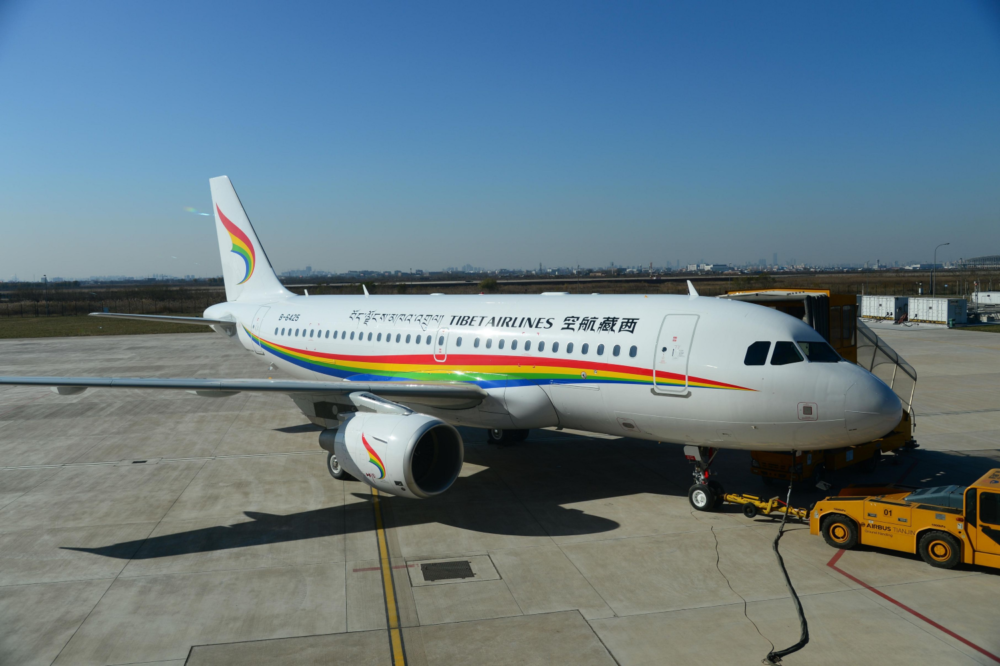A Tibet Airlines A319 captain died on Monday evening while flying from Nanjing to Chengdu. The unnamed captain became unwell inflight, and another captain on the flight took command. After landing in Chengdu, an ambulance took the pilot to the local hospital where he was later pronounced deceased.
"He was a very good colleague. His death was too sudden," says a source in The China News.
There is limited information available about the incident. However, media reports suggest the 39-year-old captain had considerable experience and was well regarded by colleagues at Tibet Airlines.
A second captain on the flight was able to take command
According to Simon Hradecky in The Aviation Herald, the captain was in charge of Tibet Airlines flight TV9820 on Monday, December 21. TV9820 is Tibet Airlines' scheduled 21:55 daily departure from Nanjing's Lukou International Airport, bound for Chengdu's Shuangliu International Airport. Flying time is around two and a half hours, with the flight usually touching down at Chengdu in the early hours of the following morning.
Reports suggest the captain became unwell during the flight. Another Tibet Airlines captain was on the flight and able to take over. That captain picked up the pace, landing in Chengdu ahead of schedule. Unfortunately, it was too late for the stricken pilot. Medics at the local hospital could not revive the man.
Everyone else on the aircraft, an Airbus A319-100 (registration B-6480) was fine. After a delay in Chengdu, the aircraft resumed its normal service.
Pilot deaths inflight rare, but not unknown
While relatively rare, it isn't unknown for a pilot to die while operating a commercial flight. Last year, Simple Flying's Mark Finlay reported on an Aeroflot pilot dying mid-flight following a heart attack.
The 49-year-old male was the co-pilot on an Airbus A320 flight from Moscow to Anapa in November 2019. Russia's TASS news agency reported that the 49-year-old co-pilot had suffered a massive heart attack in the cockpit. After the captain made an emergency landing in Rostov, medical staff on the ground were unable to revive the pilot.
Four years earlier, an American Airlines captain died on a flight from Phoenix to Boston. On October 5, 2015, the captain was in charge of an A320 carrying 152 passengers and crew. The pilot's identity and what he or she died from remains unknown. But the co-pilot took over, called in an emergency, and diverted to Syracuse.
The Guardian covered that incident. In that report, a Federal Aviation Administration official was quoted. He said between 1994 and 2015, seven pilots in the United States had died while operating commercial aircraft.
Moves to have jets manned by one pilot fails to get traction
It is a solid reason why modern aircraft still have at least two pilots in the cockpit. Whether a captain or co-pilot, both pilots get well drilled in what to do if the other becomes incapacitated. Modern jets are highly automated, and some airline bosses with an eye on the bottom line have argued that two pilots are no longer necessary on all flights.
Ryanair's Michael O'Leary is one of those bosses. The outspoken CEO has pushed for one pilot per flight on short-haul European services for several years.
"Flight attendants could do the job of a co-pilot, who was only there to make sure the first fella doesn't fall asleep and knock over one of the computer controls," a 2010 news report quotes Mr. O'Leary saying.
To date, no aviation safety and regulatory bodies have shared that view.



